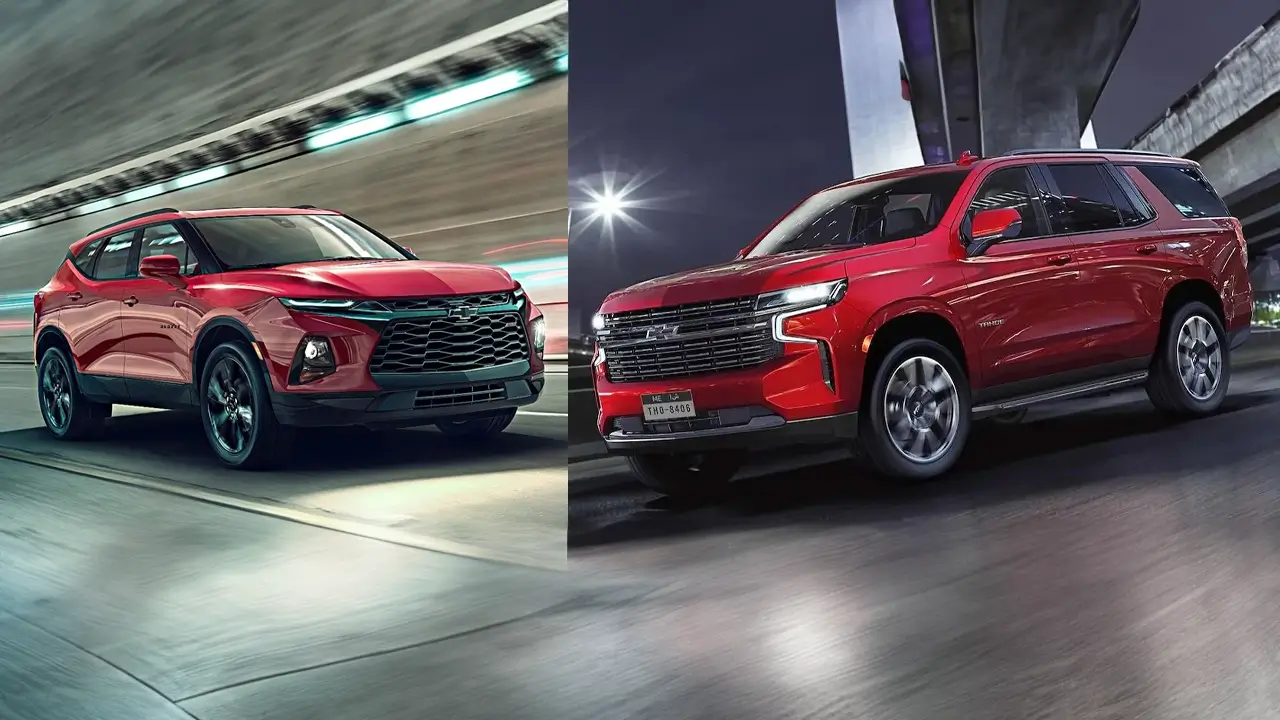SUVs, or sport utility vehicles, have developed into a flexible class that meets a variety of consumer demands, from off-road excursions to family transportation. The distinction in SUV sizes, particularly standard and medium, sometimes prompts inquiries concerning the vehicles’ specs, capabilities, and applicability for particular uses. The purpose of this discussion is to determine whether a midsize SUV or a standard SUV is larger by comparing their features, measurements, and size-related implications.
Midsize SUVs
Offering a compromise between room, comfort, and mobility, midsize SUVs fill a niche between compact and full-size SUVs. These cars are usually geared toward people or families who need more space than a small SUV can provide but don’t want the bulk of a full-size SUV. Midsize SUVs are perfect for both lengthy road trips and regular commuting because they can accommodate five to seven people and have plenty of cargo capacity. A medium SUV’s typical length is between 190 and 200 inches, while its typical wheelbase is between 110 and 115 inches. Their average measurements are about 75 inches wide and 70 inches tall. Their reputation as roomy yet controllable cars is partly due to these dimensions.
Standard SUVs
Because “full-size SUV” and “standard SUV” are frequently used interchangeably, the terms can be a little confusing. To be clear, full-size SUVs, the largest in the SUV class, shall be referred to in this discussion as standard SUVs. Full-size SUVs can comfortably fit seven or eight people and are built for maximum passenger and luggage capacity. Because they are constructed on bigger platforms and usually share underpinnings with full-size trucks, these cars can go farther off the road and tow more weight. Full-size SUVs are usually larger than midsize SUVs, measuring between 200 and 220 inches in length and 115 to 130 inches in wheelbase. They are more imposing on the road because of their height, which frequently surpasses 70 inches, and width, which can reach up to 80 inches.
- Audi GT50 Concept: A Loud Reminder of Why Car Enthusiasts Fell in Love With Audi
- Nearly 30% of UK Drivers Believe Car Tax Should Be Based on Mileage — Survey
- Why Planes and Boats Escaped the Luxury Tax But Cars Didn’t
- Australia’s Headlight Confusion: Authorities Warn Drivers After Viral $250 Headlight Rule Goes Wild Online
- 2025 Hyundai Venue Facelift Launched in India – Full Details, Variants, and Price
Comparative Evaluation of Dimensions
It is clear from a comparison of standard and midsize SUV measurements that standard SUVs are typically larger. Standard SUVs provide greater interior capacity for passengers and goods because of their longer length and wider wheelbase. Because of the improved visibility and safety, some customers may find the wider and taller design to be more imposing on the road. However, there are disadvantages to the larger size as well, including less mobility, increased expense, and worse fuel efficiency, particularly in metropolitan areas.
On the other hand, midsize SUVs strike a balance between superior fuel economy ease of handling, and enough capacity for most families. In urban driving and parking scenarios, where space is frequently limited, midsize SUVs’ somewhat smaller footprints can be helpful. Midsize SUVs are also more affordable than full-size versions, which opens up the market to a wider variety of buyers.
Summary
In summary, even though a midsize SUV is typically not larger than a regular SUV, it has a distinct set of benefits that make it a popular option among buyers. A person’s demands and priorities ultimately determine whether they should choose a basic SUV or a midsize SUV. Full-size SUVs may be preferred by those who need the most room, passenger capacity, and towing capability. On the other hand, people looking for a well-balanced car with enough room, greater fuel economy, and simpler handling may find midsize SUVs more desirable. Customers can choose products that best fit their driving needs and lifestyle by being aware of the differences between these groups.
